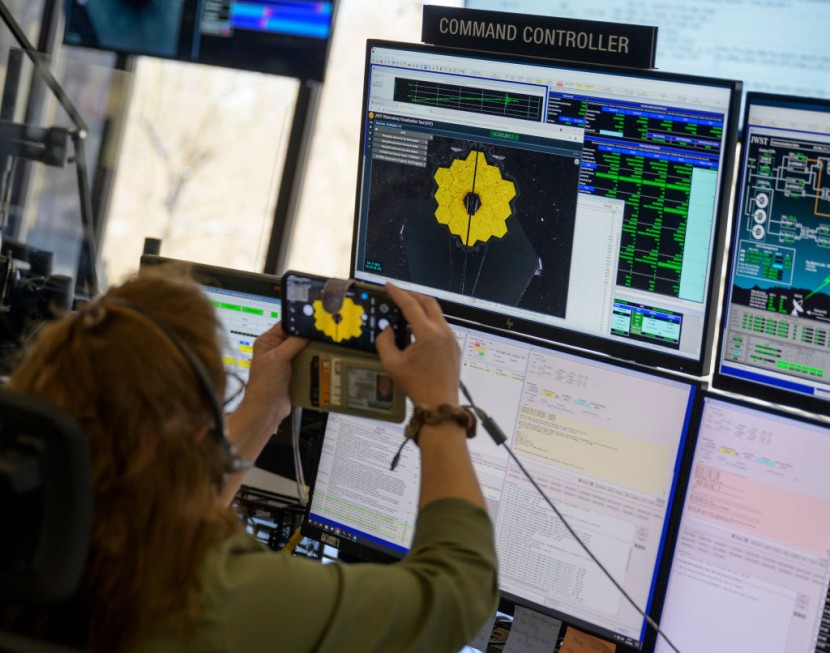NASA's James Webb Space Telescope showed proof of hidden planets beyond our solar system as astronomers observed an asteroid belt.
The telescope, launched in December 2021, has made a groundbreaking discovery by detecting a previously unseen debris disk around Fomalhaut, a nearby young star.
First Asteroid Belt Outside Solar System

According to CNN, astronomers used the James Webb Space Telescope of the National Aeronautics and Space Administration (NASA) to look at the first-ever asteroid belt outside the solar system. And as they observed the asteroid belt, they encountered a surprising discovery.
An image from the NASA telescope showed two inner dust belts surrounding the Fomalhaut, a bright star in the Piscis Austrinus constellation, 25 light-years away from our home planet, Earth. It is worth noting that previous images, even those the Hubble Space Telescope took, should have included the two dust belts. This time, the Webb telescope successfully captured it, making it visible to humans.
The new belt sightings are reportedly more complex than current discoveries, such as the main asteroid belt and the Kuiper Belt. The latter, which looks like a doughnut, sits on the solar system's edge. On the other hand, the main asteroid belt is sandwiched between Mars and the largest planet in our system, Jupiter.
But this time, Popular Science reports that the latest belt swirled around another star, the Fomalhaut, instead of our sun. The science-focused outlet pointed out that astronomers have been spying on the Fomalhaut, a relatively younger star than the sun, as it resembles the latter. It should help researchers further understand how the brightest star in the solar system came about.
New Webb Images Show Proof of Hidden Planets
The new image captured by the Webb Space Telescope outstandingly uncovers a possible hidden world beyond our solar system. The two belts beyond the solar system hint at the existence of hidden planets, apart from what most of us know these days.
The recent study's lead author, András Gáspar, a University of Arizona astronomer, says the discovery possibly uncovers planets similar to Uranus and Neptune. The astronomer says, "The new gap that we see hints at the presence of an ice-giant mass planet." According to ABC7 Chicago, Gáspar adds that further observation of these rings could help us see the hidden planets.
Meanwhile, one of the study's authors, Schuyler Wolff, a University of Arizona astronomer, notes that the hidden planets are likely "carving out the gaps."
On top of that, the study's co-author, George Rieke, believes that there is potentially "a really interesting planetary system" orbiting the nearby star, younger than our sun.
© 2025 HNGN, All rights reserved. Do not reproduce without permission.








